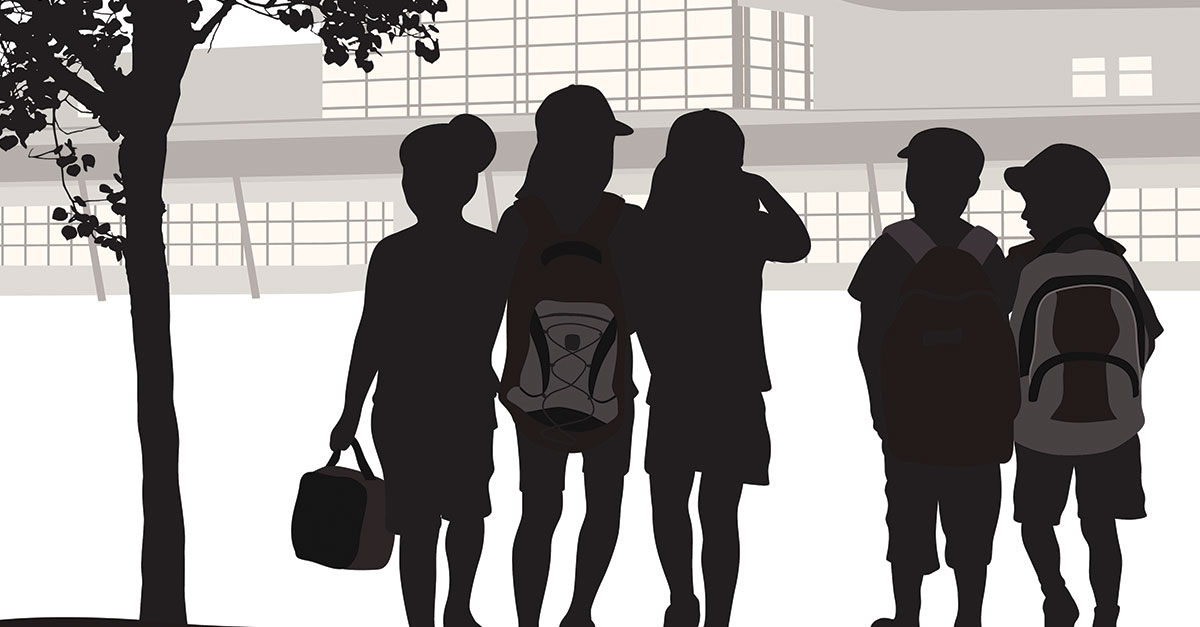The student-to-school counselor ratio improved 5.6 percent nationally between 2021–22 and 2022–23, but there is still work to be done to reach the recommended rate of 250:1, according to data released by the American School Counselor Association (ASCA) in February.
In 2022–23, the student-to-counselor ratio was 385:1 compared to 408:1 in 2021–22.
Home to roughly 5.85 million students, California’s ratio was 464:1 with 12,603 school counselors active. In 2021–22, the state’s ratio was 509:1, however, the student population was larger at 5.89 million. The number of school counselors employed in 2021–22 was 11,581. In summer 2022, the California Department of Education kicked off its effort to recruit thousands of new school counselors by offering grants.
New York, the District of Columbia, Indiana and Washington saw the most significant positive changes in their ratios as most states experienced modest improvement, according to ASCA. Vermont and New Hampshire were the only two states that met the recommended ratio at 177:1 and 199:1, respectively.
The number of students per school counselor worsened in states including North Carolina, Arizona, Louisiana and Oklahoma in 2022–23.
As all states don’t report counts by grade level, exact ratios can’t be calculated at a national level. Of the 37 states that do breakout data by elementary/middle school and high school (California is in this group), ASCA found average ratios of 737 students per one counselor for preK–8 and 232:1 for grades 9-12.
“Multiple research studies have shown that lower student-to-school counselor ratios support student success,” ASCA Executive Director Jill Cook said. “Although the newest national student-to-school counselor ratio data remains higher than the ASCA recommended ratio of 250:1, the year-over-year improvement is significant. Policymakers and administrators understand that school counselors are essential, especially as our nation continues to address a youth mental health crisis. Ensuring every student has access to a school counselor must be a national priority. Today’s students are tomorrow’s families, workforce and leaders. School counselors play a pivotal role in helping these students succeed in school and in life.”





